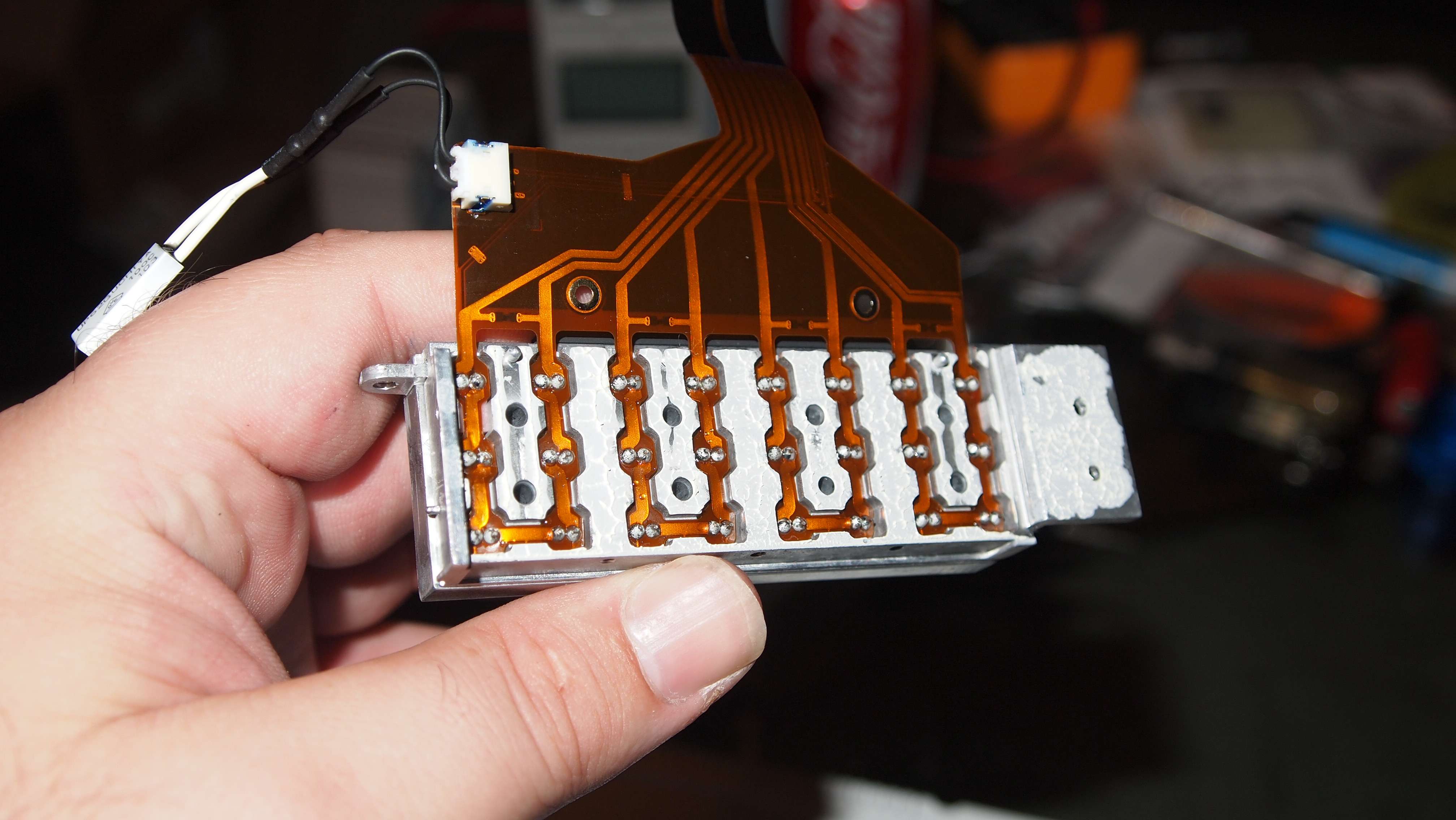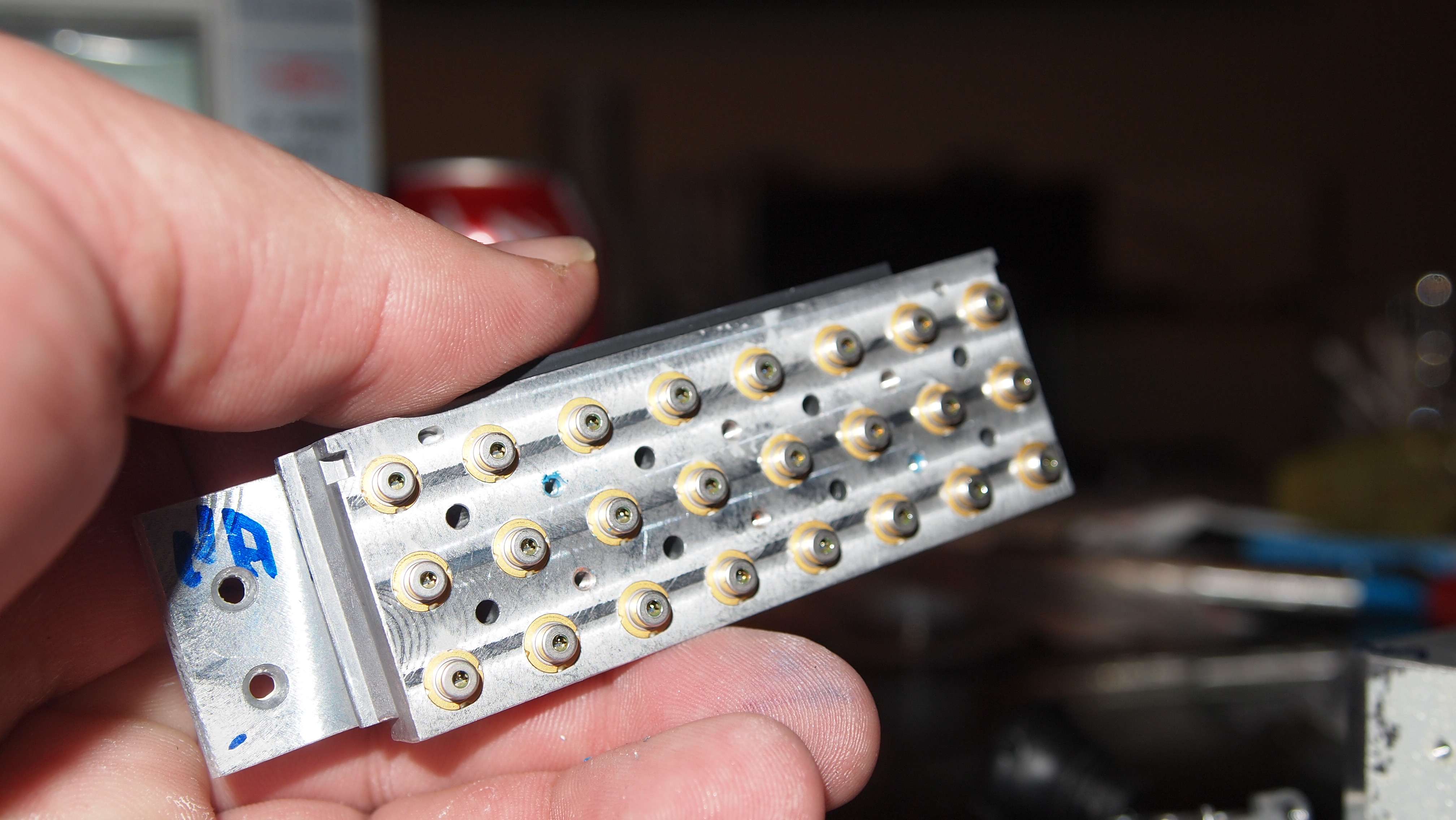- Joined
- Jan 2, 2009
- Messages
- 11,800
- Points
- 0
I've asked a few time if multiple diodes could be hooked up to one driver. I was told it was possible, but if a diode failed, the rest would probably blow 'cause of the spike. And its not a good idea to do it. Well how does Casio do it with 24 diodes? You can see they are connected in parallel. What stops the other diodes from frying if one goes down? Or are they run parallel in 4 banks, and if one blows the other banks are not effective?









